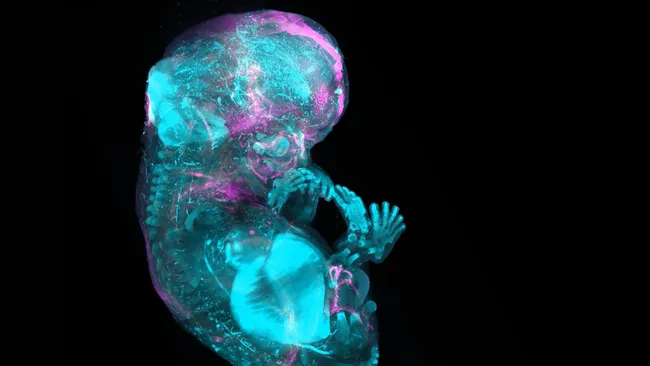MI weekly selection #581

Young exoplanet offers insights into planetary formation
TIDYE-1 b, a newly discovered exoplanet orbiting the young star IRAS 04125+2902, offers a glimpse into early planetary development. Situated 520 light-years from Earth, this planet is wrapped in a protoplanetary disk and is expected to evolve into a sub-Neptune.
Full Story: Astronomy
Human Cell Atlas makes progress on mapping cells
Scientists with the Human Cell Atlas have released over 40 papers as part of their effort to map the human body’s trillions of cells. This initiative, involving researchers from more than 100 countries, aims to produce a detailed atlas by 2026, capturing cell functions and locations across different life stages.
Full Story: Live Science
Neanderthal fossils suggest early collecting habits
A study reveals that Neanderthals in Iberia, Spain, collected marine fossils not native to their cave site, suggesting cognitive and cultural practices akin to modern humans. These fossils, dating to the Upper Cretaceous Era, show no utilitarian wear, implying they were collected for reasons like symbolism or personal enjoyment.
Full Story: Popular Science
Fault geometry may influence earthquake risks
Research has revealed that the geometry of fault lines may play a crucial role in determining whether faults creep or trigger earthquakes. The study, focusing on California’s San Andreas Fault, found that faults with complex, misaligned structures creep less and have more earthquakes compared to those with parallel strands.
Full Story: Eos
Birds navigate using magnetic inclination, declination
Researchers have discovered that Eurasian reed warblers navigate using only the Earth’s magnetic inclination and declination, challenging the previous belief that total magnetic intensity is essential for bird migration. The study suggests that this method offers evolutionary benefits by providing a constant navigation system unaffected by weather, which could inspire advancements in navigation technology.
Full Story: Earth